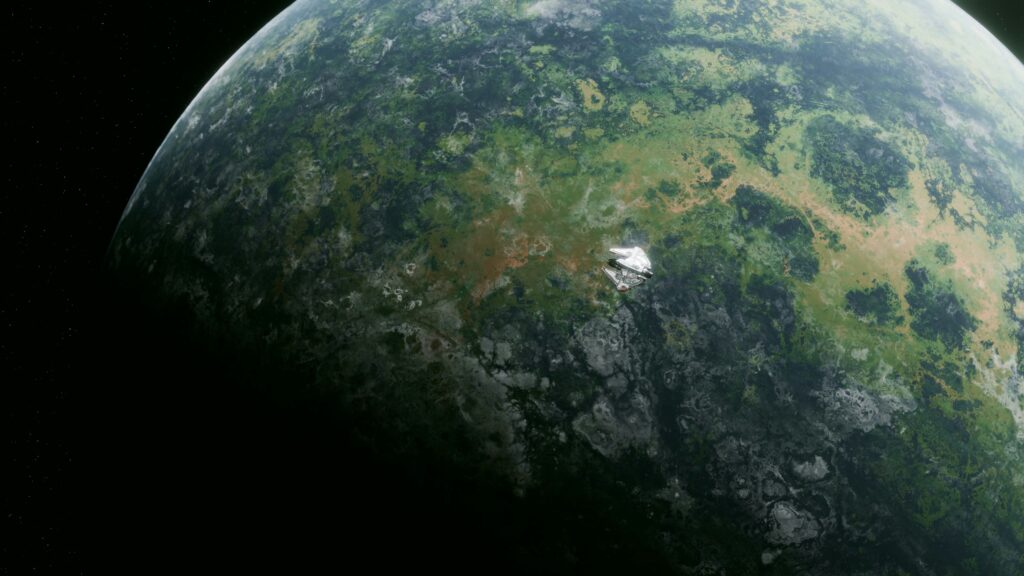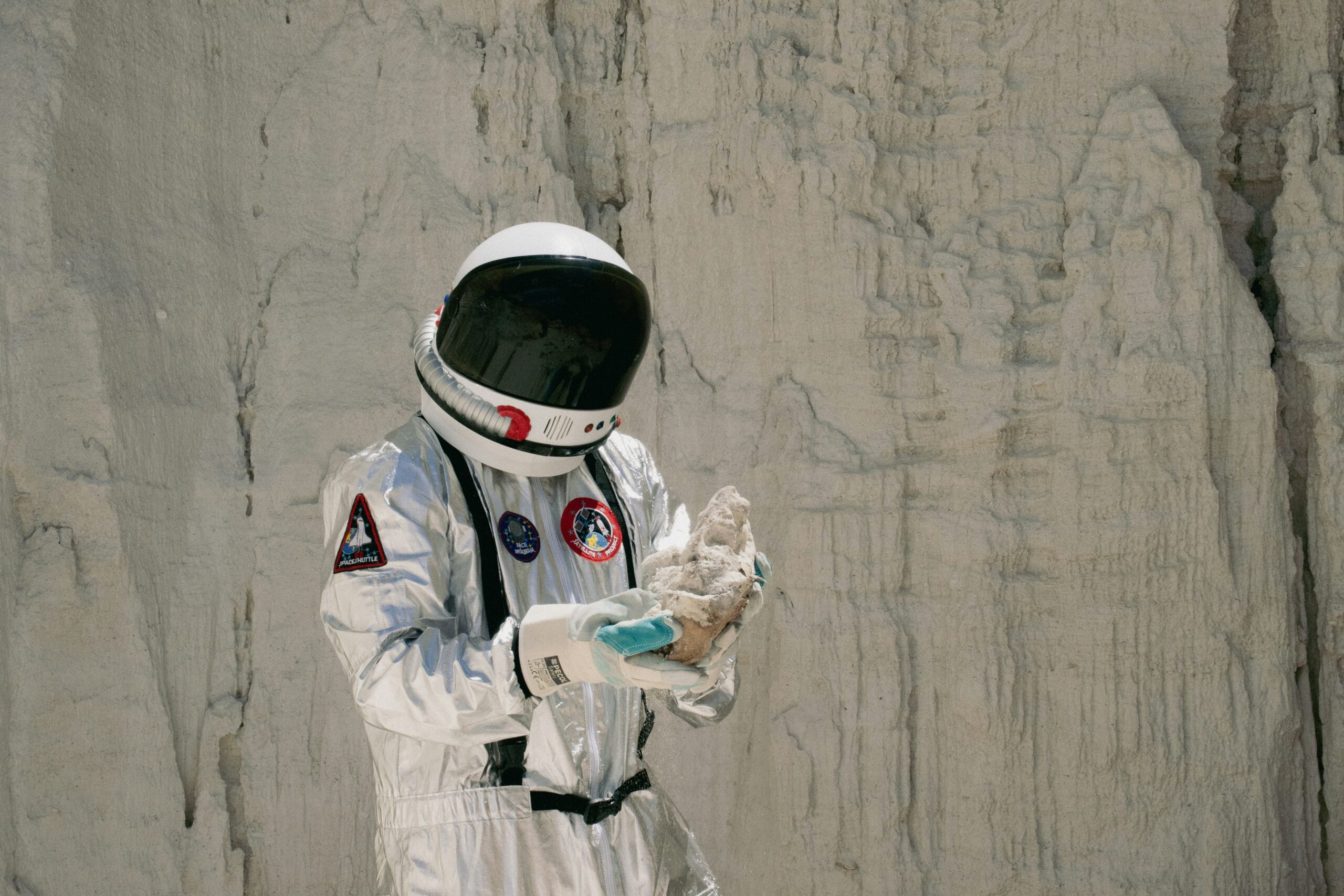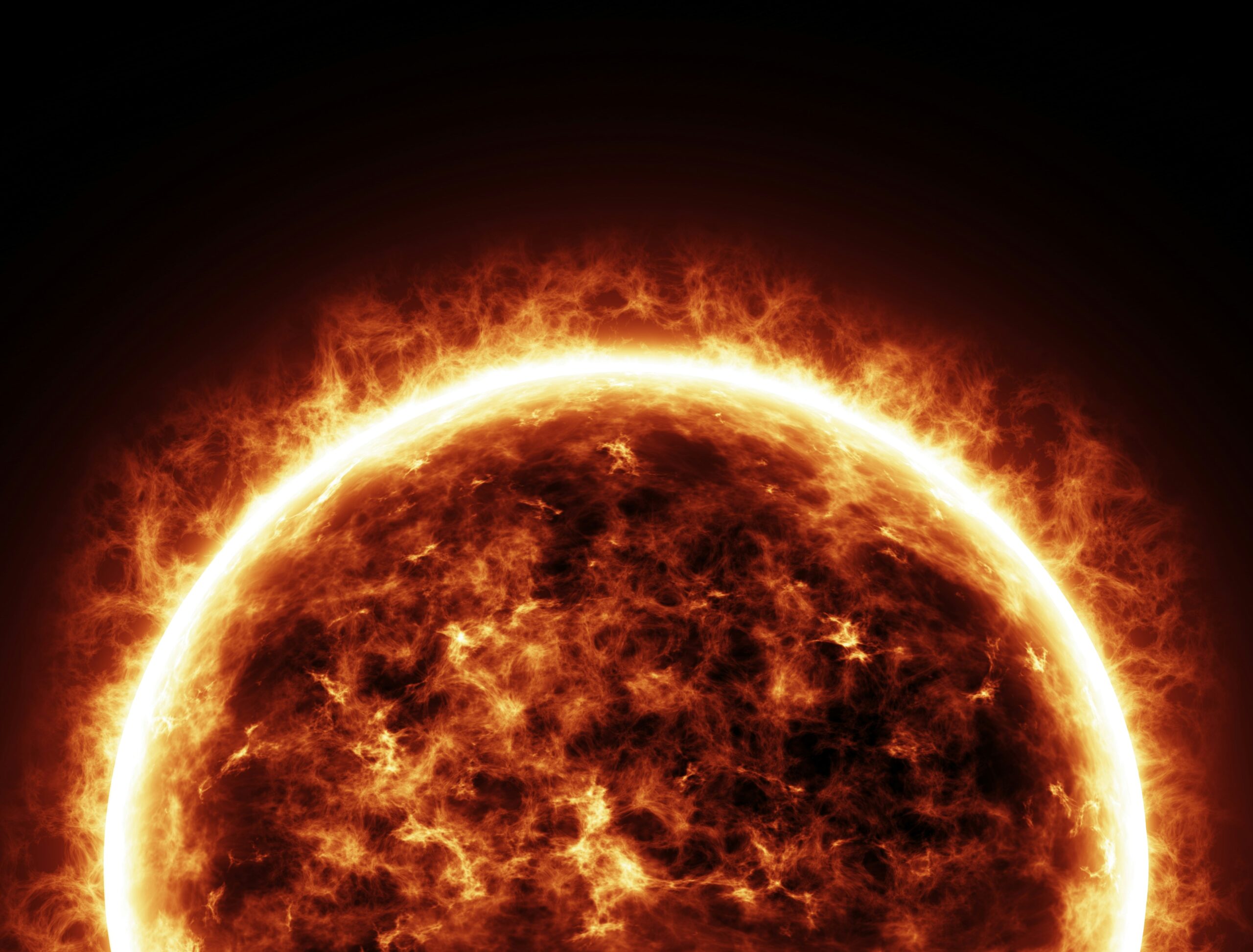The story of our origins is getting a cosmic twist. A new study by researchers at the University of Bern suggests that Life on Earth Got Help From Space when a massive planetary collision brought water and critical compounds to our young planet.
For decades, scientists have debated how Earth acquired the essential ingredients for life, including water, carbon, and organic compounds. Early Earth, just after its formation, was a dry, inhospitable world. But now, mounting evidence suggests that an impact from a celestial body not only transformed our planet’s surface but also seeded it with the building blocks necessary for life to emerge.
Early Earth: A Hostile Beginning
When the Solar System first formed around 4.5 billion years ago, Earth went through violent stages of bombardment and geological upheaval. In its first few million years, Earth was largely devoid of water and organic materials.
The new research highlights that it may have taken up to three million years for Earth’s chemical composition to stabilize after its formation. During this time, Earth lacked the resources needed to support any form of life. The conclusion is clear: Life on Earth Got Help From Space in a later event.
The Planetary Collision Theory
The researchers propose that a planetary collision brought water and other life-sparking compounds. This theory builds on previous suggestions that Earth’s Moon was created by a giant impact, known as the Giant Impact Hypothesis.
Key points of the study:
- Timing: The collision likely occurred after Earth’s initial stabilization, introducing water at a crucial time.
- Ingredients Delivered: Besides water, the colliding body may have carried carbon-based molecules and other essential compounds.
- Lasting Impact: This event not only reshaped Earth’s physical structure but also gave it the necessary elements to host life.
This scenario strongly supports the idea that Life on Earth Got Help From Space, rather than developing entirely in isolation.
Why Space Origins Matter for Life
The possibility that life’s ingredients arrived from space has profound implications. If Life on Earth Got Help From Space, it suggests that life may not be a rare accident but part of a broader cosmic process.
- Panspermia Possibility: Organic molecules or microbes might travel between planets via impacts, meaning life could spread across solar systems.
- Water Distribution: If planetary collisions deliver water, other rocky worlds could have received similar help.
- Universal Chemistry: The same processes might be happening in planetary systems across the galaxy, making life elsewhere more plausible.
Supporting Evidence
Several lines of evidence strengthen the idea that Life on Earth Got Help From Space:
- Meteorites: Carbon-rich meteorites found on Earth contain amino acids, one of life’s building blocks.
- Lunar Samples: Studies of Moon rocks show chemical similarities to Earth, supporting a shared origin from a giant collision.
- Asteroid Analysis: Missions like NASA’s OSIRIS-REx reveal that asteroids carry significant amounts of water and organics.
Together, these findings support the hypothesis that celestial bodies can deliver the ingredients for life.
What This Means for Exoplanets
If Life on Earth Got Help From Space, then other exoplanets orbiting distant stars might have experienced similar events. The presence of circumstellar discs, collisions, and asteroid impacts is common in young planetary systems.
This means:
- Earth’s story may be a cosmic template rather than a unique case.
- Planets in habitable zones could become life-friendly through similar collisions.
- Exoplanet missions like JWST may help confirm this by analyzing the atmospheres of rocky exoplanets for water and organics.
Challenges to the Theory
Despite its promise, the planetary collision theory faces scientific challenges:
- Uncertainty in Timing: Pinpointing exactly when the collision occurred is difficult.
- Alternative Sources: Some scientists argue that comets or volcanic outgassing could also explain Earth’s water.
- Survival of Compounds: The extreme heat of a collision might destroy delicate organic molecules, raising questions about how they endured.
Nonetheless, the balance of evidence leans toward the idea that Life on Earth Got Help From Space through a colossal impact.
Broader Cosmic Perspective
This theory reshapes our perspective of life in the universe. If life’s ingredients are widespread and can be delivered across planets, then the conditions for life might be more common than previously thought.
Carl Sagan once said, “We are made of star stuff.” This new study extends that idea: we may also be the children of collisions, born from the cosmic dance of planetary bodies.

Conclusion
The new study adds a compelling piece to the puzzle of our origins. It suggests that Life on Earth Got Help From Space, arriving via a planetary collision that delivered water and essential compounds. Far from being a closed, Earth-only process, life may be the product of cosmic connections and interplanetary exchanges.
As scientists continue to explore our Solar System and beyond, we may find that life is not an isolated miracle but a natural outcome of the universe’s creative chaos.



jeqq0t